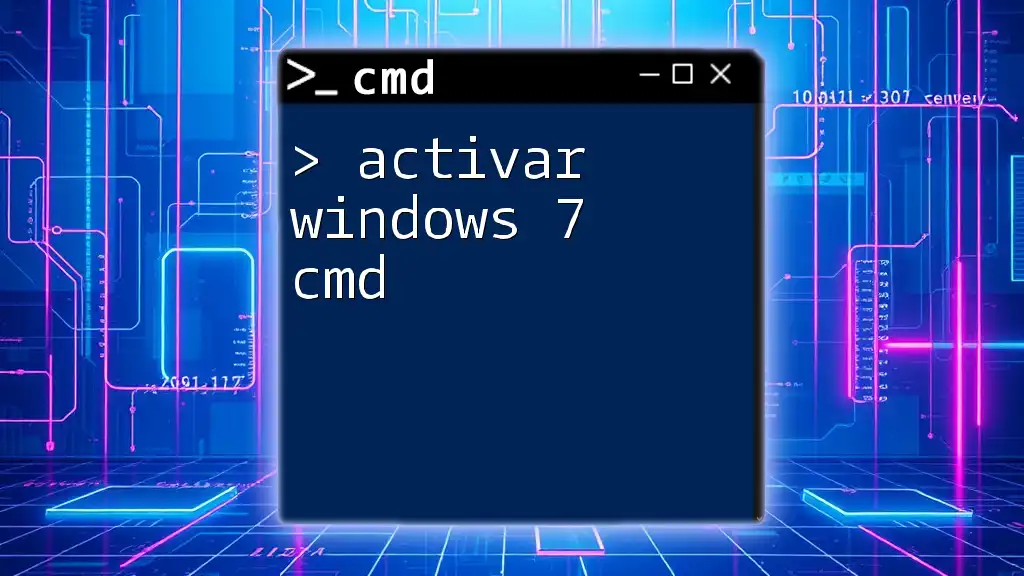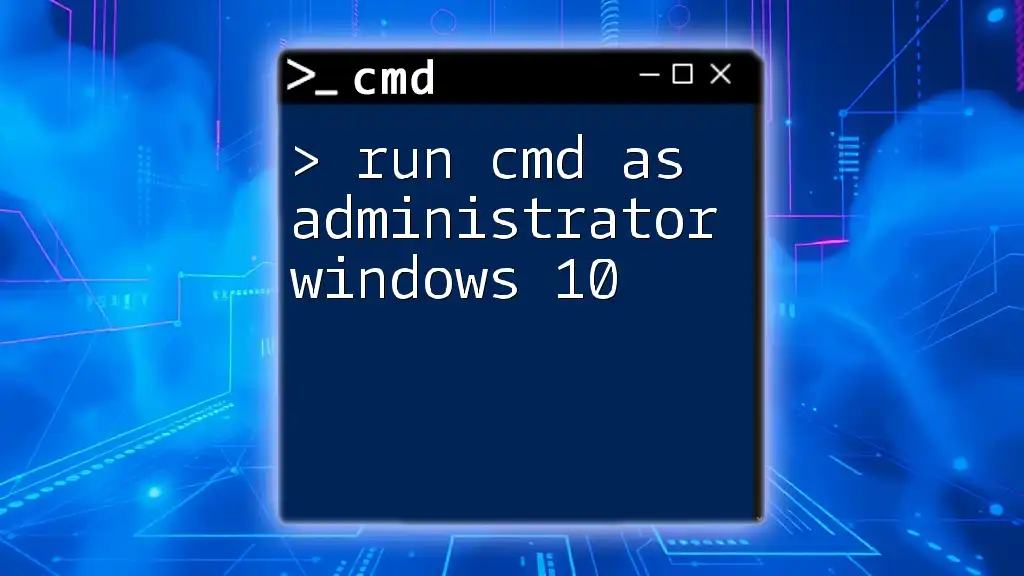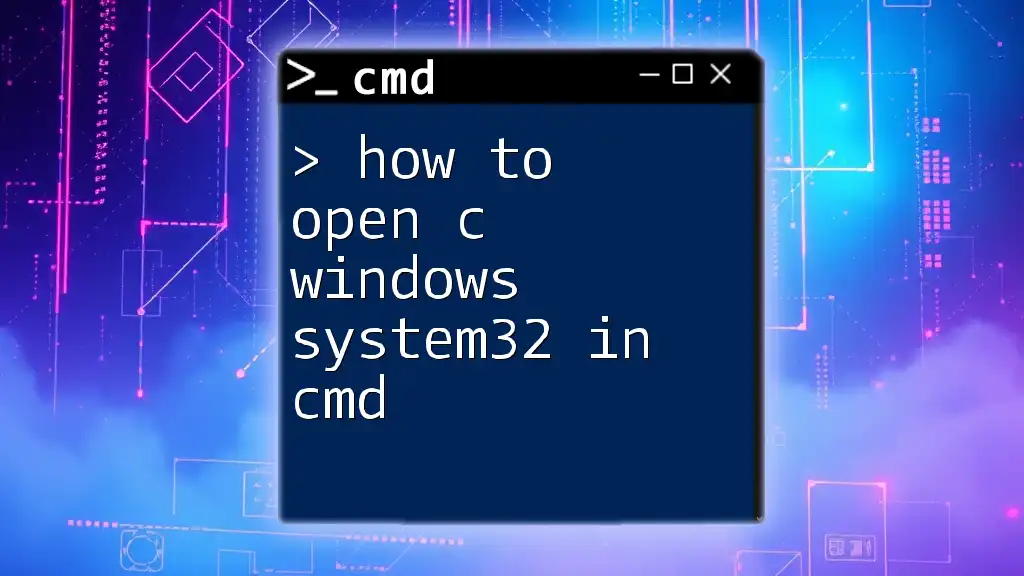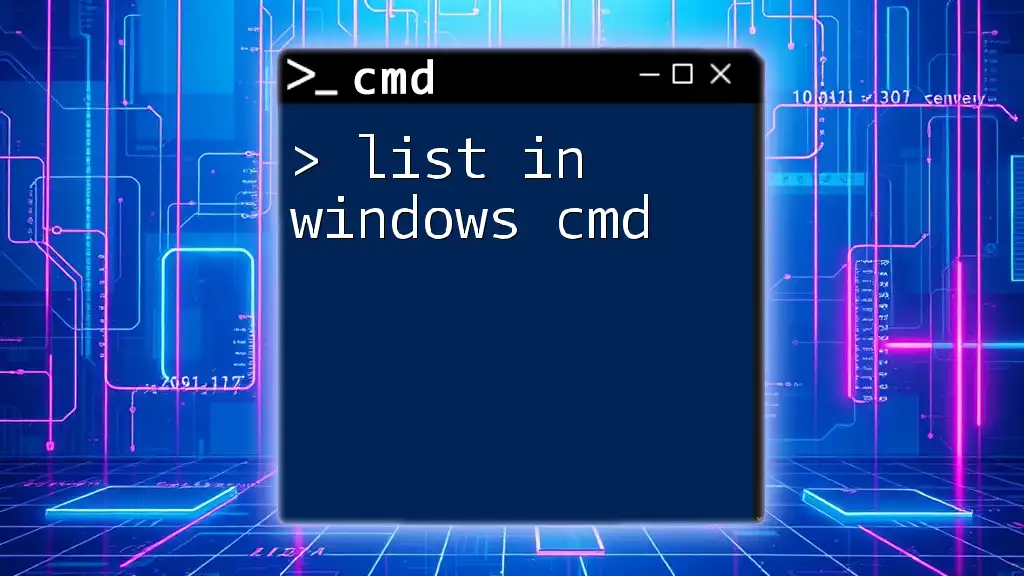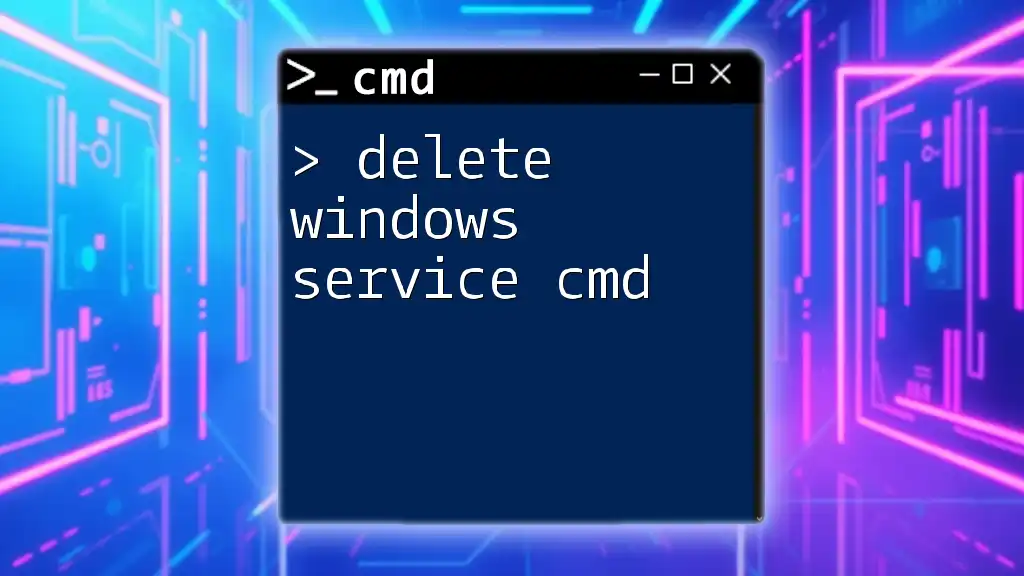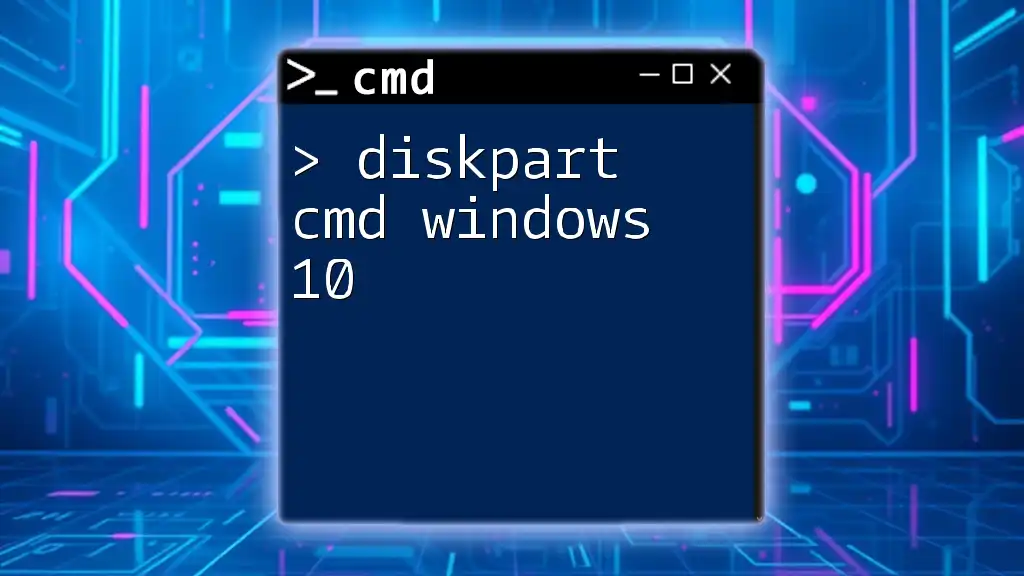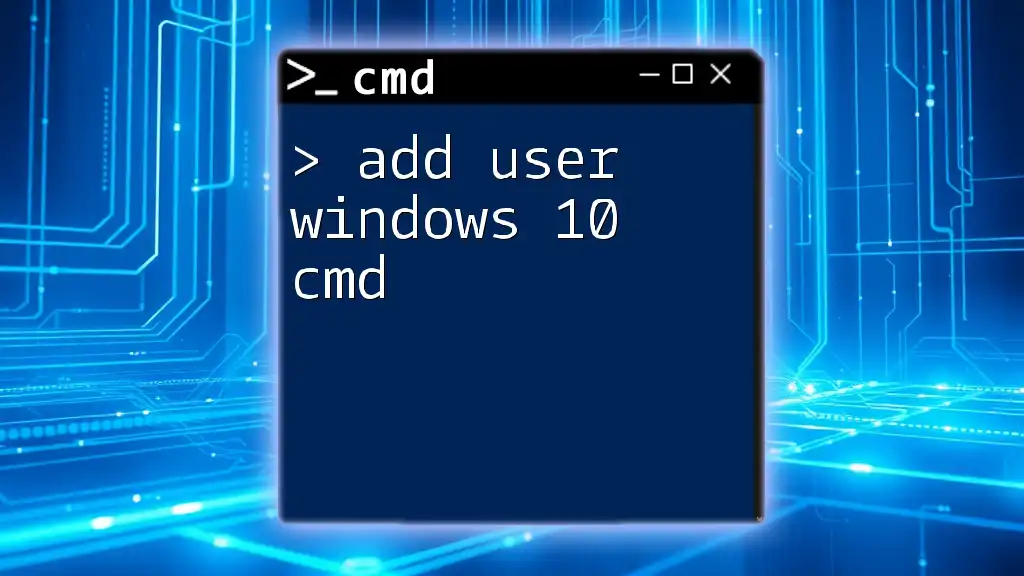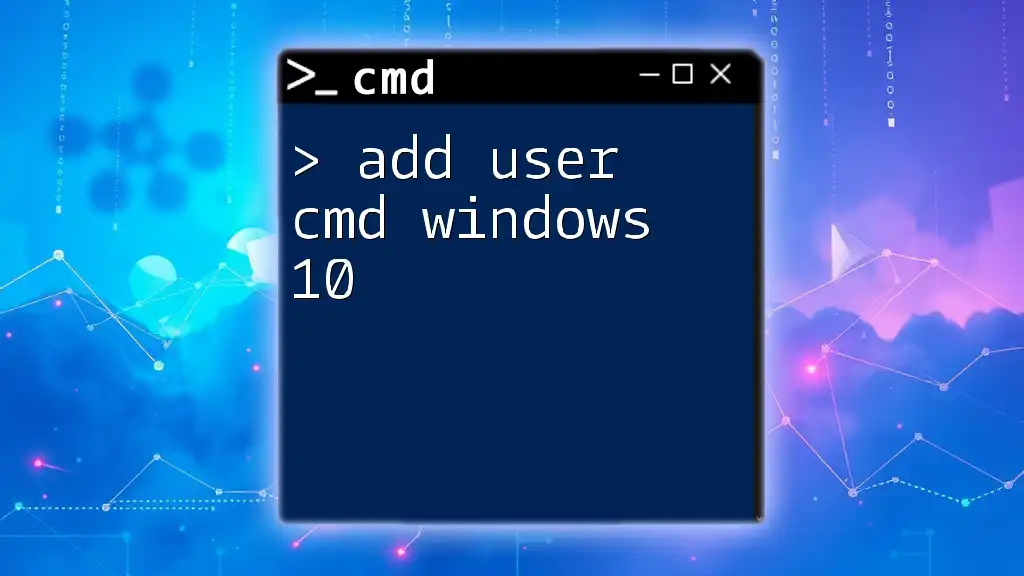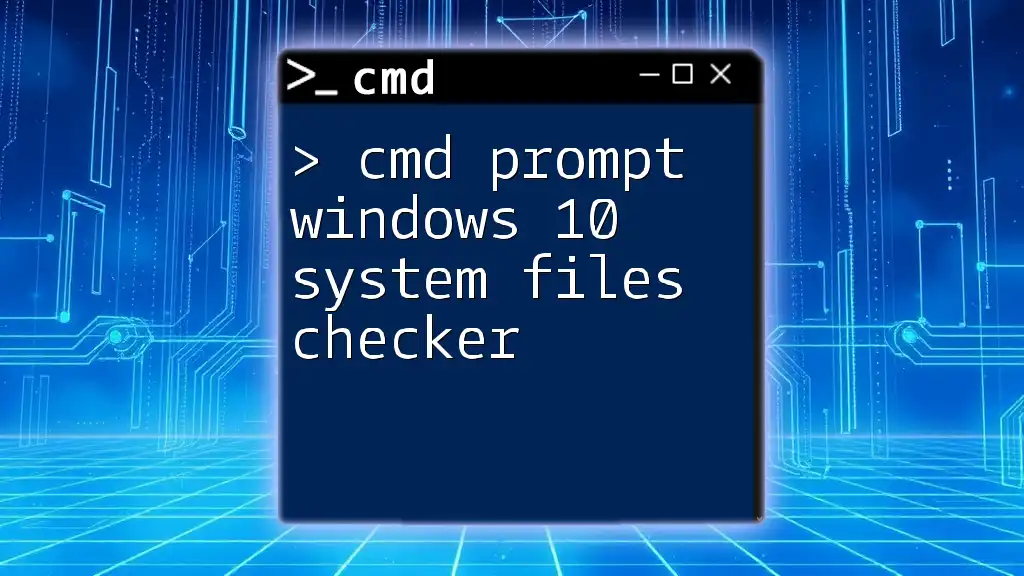To perform a factory reset on a Windows system using the Command Prompt (cmd.exe) with Administrator privileges, you can use the following command:
systemreset --factoryreset
Understanding Factory Reset
What is a Factory Reset?
A factory reset is a process that restores a device to its original system state, erasing all personal data, applications, and settings that were added after the initial setup. This procedure is often necessary to resolve persistent performance issues or to prepare a device for a new user. It essentially "wipes the slate clean," allowing the operating system to function as if it were newly installed.
Benefits of Using CMD for Factory Reset
Using the Command Prompt (CMD) to perform a factory reset provides several advantages:
- User Control: You have a direct method of execution, allowing for a more hands-on approach.
- Speed and Efficiency: Cmd can execute resets more quickly compared to graphical interfaces that might require multiple clicks.
- Less Reliance on Graphical Interfaces: This is particularly useful if the GUI has become unresponsive or is malfunctioning.
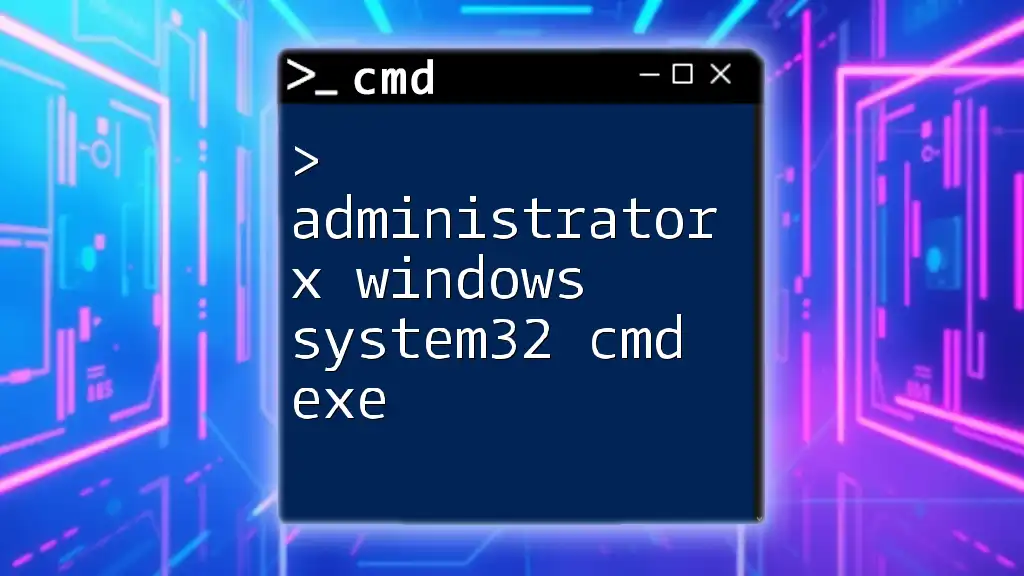
Preparing for the Factory Reset
Important Considerations
Before executing a factory reset, there are critical preparations you should make:
- Backup Your Data: Always back up your data first, as a factory reset will erase everything on the device.
- Have Recovery Media Ready: If issues arise during the reset, having recovery media (like a USB drive with Windows installation files) can be a lifesaver.
- Know Your Admin Credentials: Make sure you have the necessary administrative privileges to carry out the reset successfully.
Creating a Backup
You can back up files using CMD by employing the `xcopy` command. Here’s how:
xcopy C:\Users\YourUsername D:\Backup /E /H
In this command:
- `C:\Users\YourUsername` is the path you want to back up.
- `D:\Backup` is the destination where the backup files will be stored.
- `/E` ensures that all directories and subdirectories are included, while `/H` copies hidden and system files.
Additionally, you can use Windows' built-in backup tools, such as `wbadmin`, to create comprehensive backups. Just make sure you have ample storage space available.
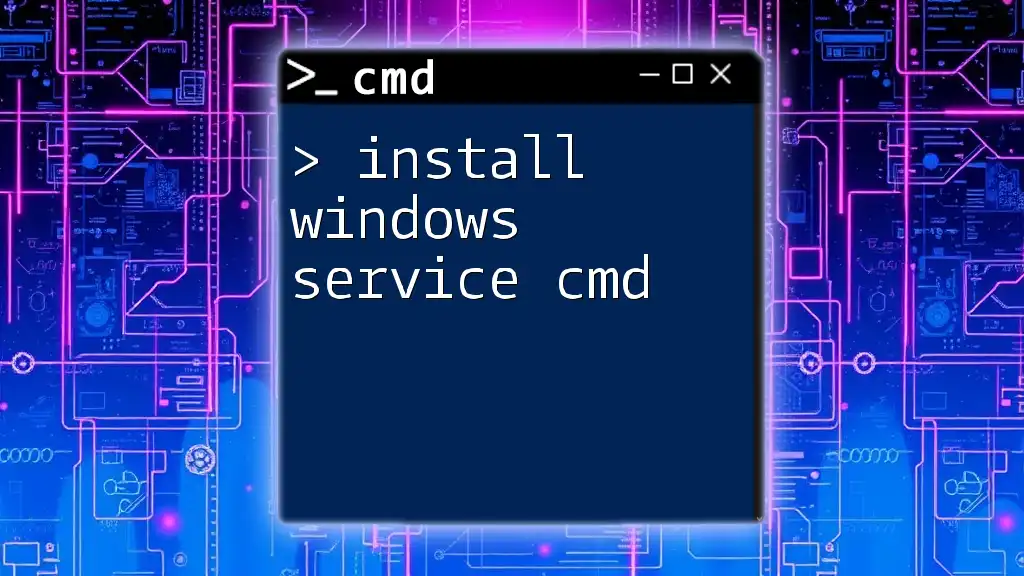
Accessing CMD as an Administrator
Ways to Open CMD with Admin Privileges
To perform an administrator x windows system32 cmd exe factory reset, you must first access CMD with administrative rights.
Method 1: Using Search
- Click on the Start menu or press the Windows key.
- Type `cmd` or `Command Prompt`.
- Right-click on the search result and select Run as administrator.
Method 2: Using Run Dialog
- Press Win + R to open the Run dialog.
- Type `cmd` and press Ctrl + Shift + Enter to run as administrator.
Method 3: Through Task Manager
- Press Ctrl + Shift + Esc to open Task Manager.
- Select File > Run new task.
- Type `cmd` and check the box for Create this task with administrative privileges before clicking OK.
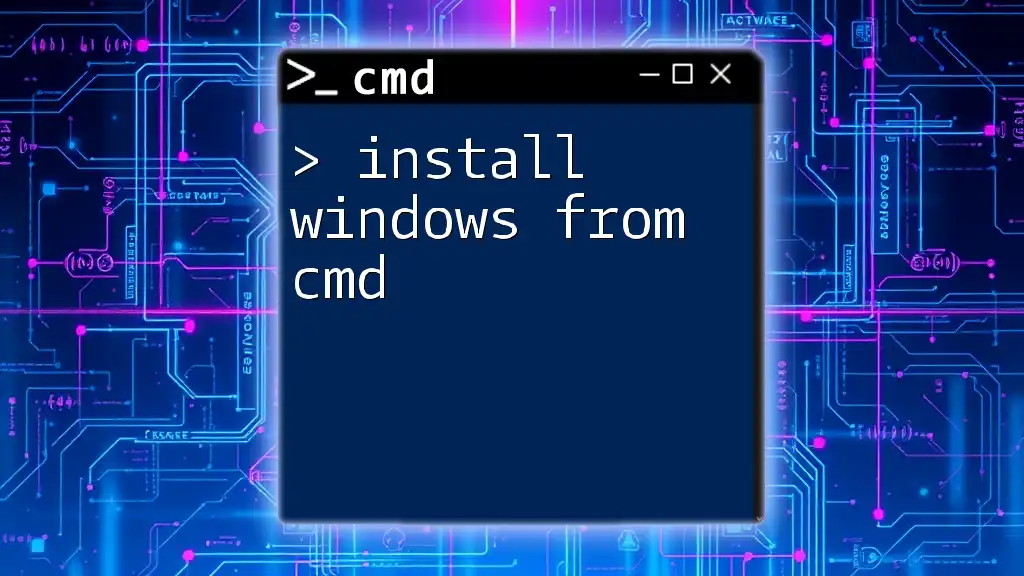
Performing a Factory Reset using CMD
Using System Reset Command
Once you have CMD open as an administrator, you can use the `systemreset` command to initiate the factory reset.
Syntax:
systemreset /factoryreset
Running the Command
To execute the command, follow these steps:
- Ensure that you are in an elevated Command Prompt window.
- Type in the command and press Enter.
During this process, you will see prompts that guide you through the reset. Expect to receive warnings that all personal files will be deleted. Make sure to confirm your readiness to proceed.
Additional Options for Customization
When executing a factory reset, you may have options regarding how you want to reset your system:
-
Full Reset: This option removes everything and resets the system completely:
systemreset /restorefactory -
Keep My Files: If you wish to keep your personal files but remove applications and settings, you can select this during the GUI prompts that follow the command.
Understanding how each option works is paramount to ensuring you achieve the desired system state post-reset.
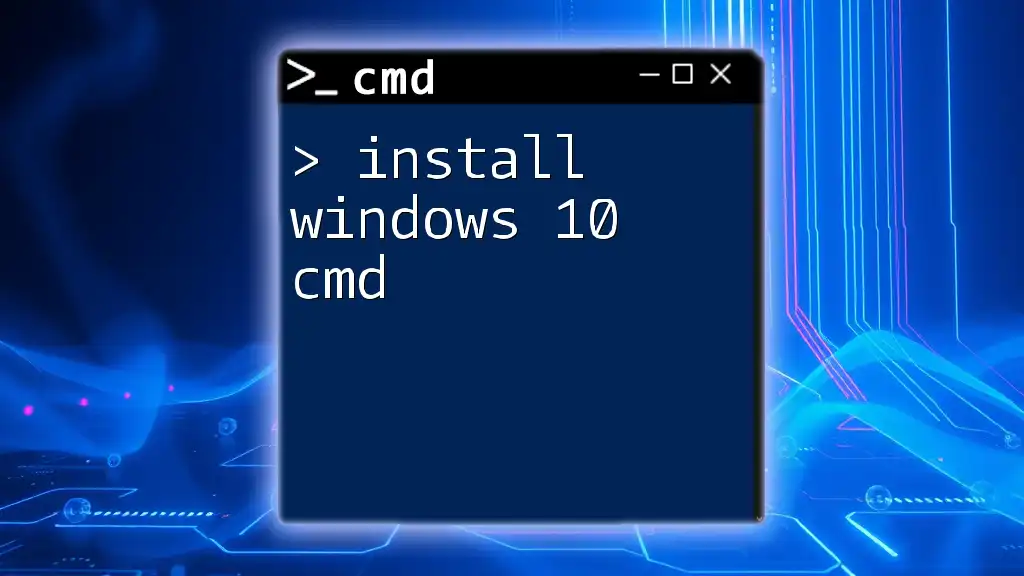
Troubleshooting Common Issues
CMD Command Not Recognized
If you encounter an error stating that the CMD command is not recognized, it might indicate an issue with your Windows installation or user privileges. Here are a few solutions:
- Ensure you are running CMD as an administrator.
- Check for typos in the command.
- Validate that your user account has the necessary permissions.
Reset Fails to Complete
Should the factory reset not complete, there can be multiple causes, including corrupt system files or incompatible applications. In such cases, consider the following steps:
- Attempt to run the `sfc /scannow` command to repair system files.
- If CMD fails to reset your OS, you might need to access recovery options using installation media.
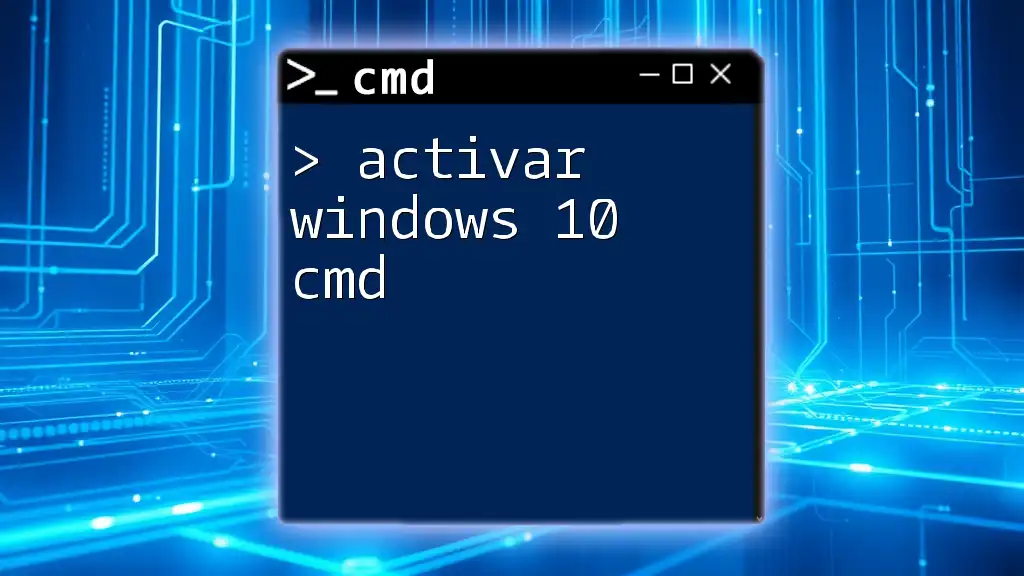
Post-Reset Considerations
Setting Up Your System Again
After successfully completing the factory reset, you will go through the initial setup of Windows. This includes selecting your region, language, and signing in with a Microsoft account or creating a local user.
Important Updates and Drivers
Once you’ve set up your system, it is crucial to:
- Check for Windows Updates: Update your device to ensure the operating system has the latest features and security patches.
- Update Drivers: Use device manager or manufacturer’s tools to ensure all hardware drivers are current, boosting performance and stability.
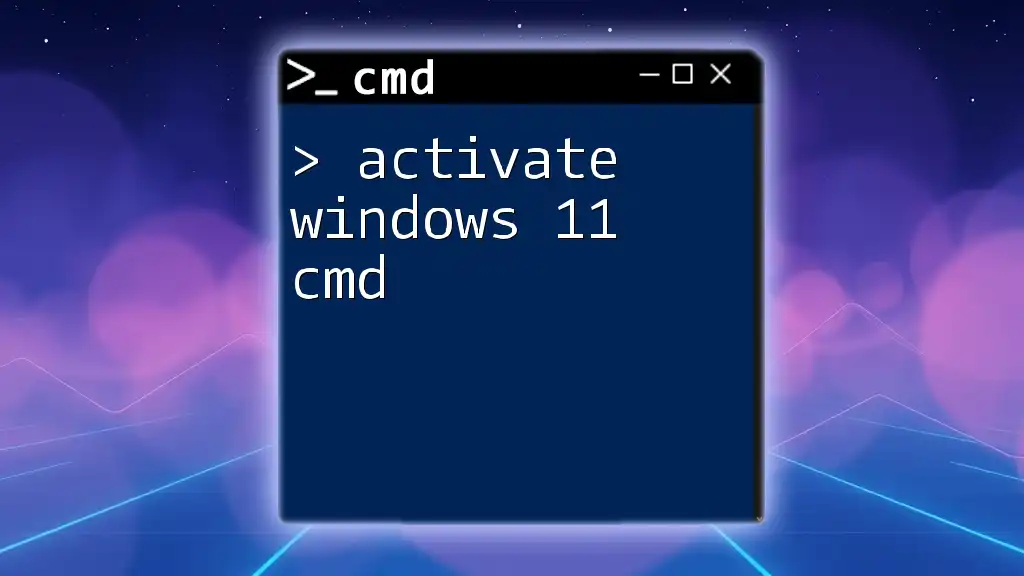
Best Practices for Using CMD
Learning CMD Commands
To further your CMD skills, you can explore various resources like:
- Online tutorials and guides tailored to CMD.
- Video walkthroughs that provide a visual learning basis.
Set yourself a regular practice schedule to become proficient in using valuable CMD commands effectively.
Cautionary Measures
Using CMD commands without understanding them can lead to unintended consequences. Always double-check the command you are entering, particularly when executing commands that affect system settings or files.
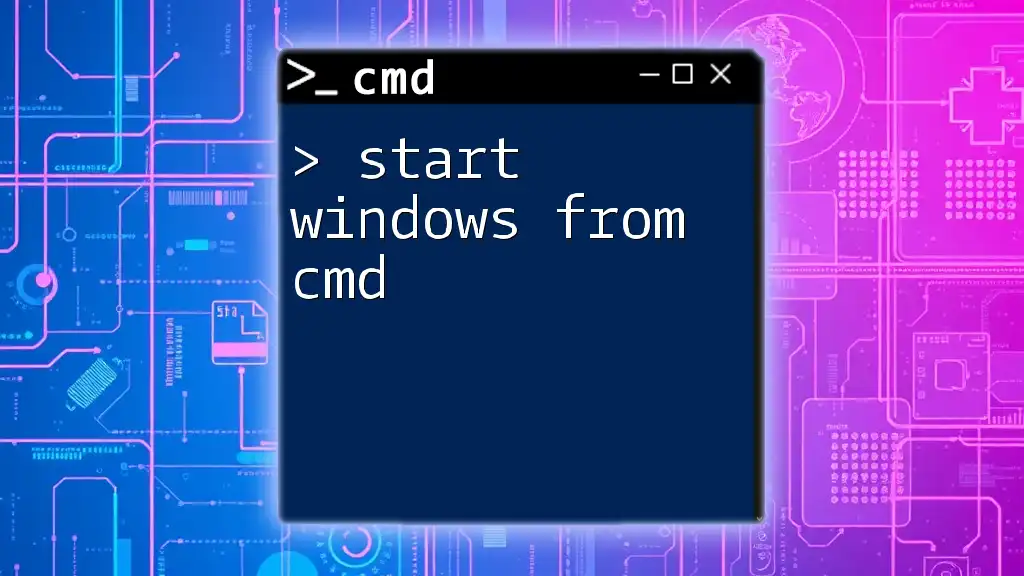
Conclusion
In summary, utilizing the administrator x windows system32 cmd exe factory reset provides an efficient and powerful method of restoring your Windows operating system. With the right knowledge and preparations, you can smoothly navigate this process, ensuring your system is reset while maintaining important backups. Dive into learning CMD to gain mastery over your computer's command line and enhance your overall tech skills!
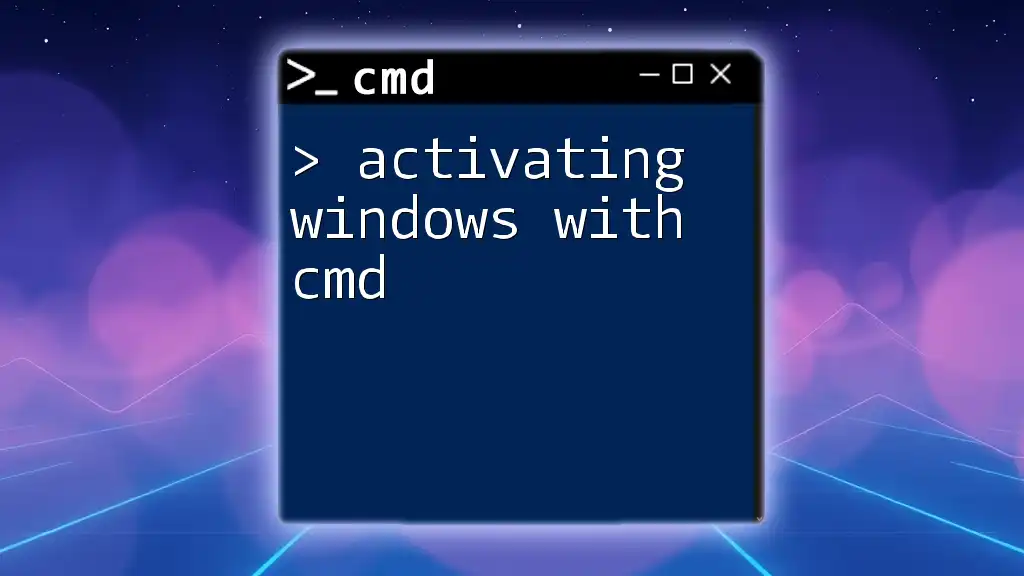
Additional Resources
Helpful Links
For further information, consider exploring the official Microsoft documentation on CMD and other recommended guides related to CMD commands.
Community Support
Engaging with community forums or groups dedicated to CMD users can provide invaluable support and insights as you navigate through challenges and discoveries.







